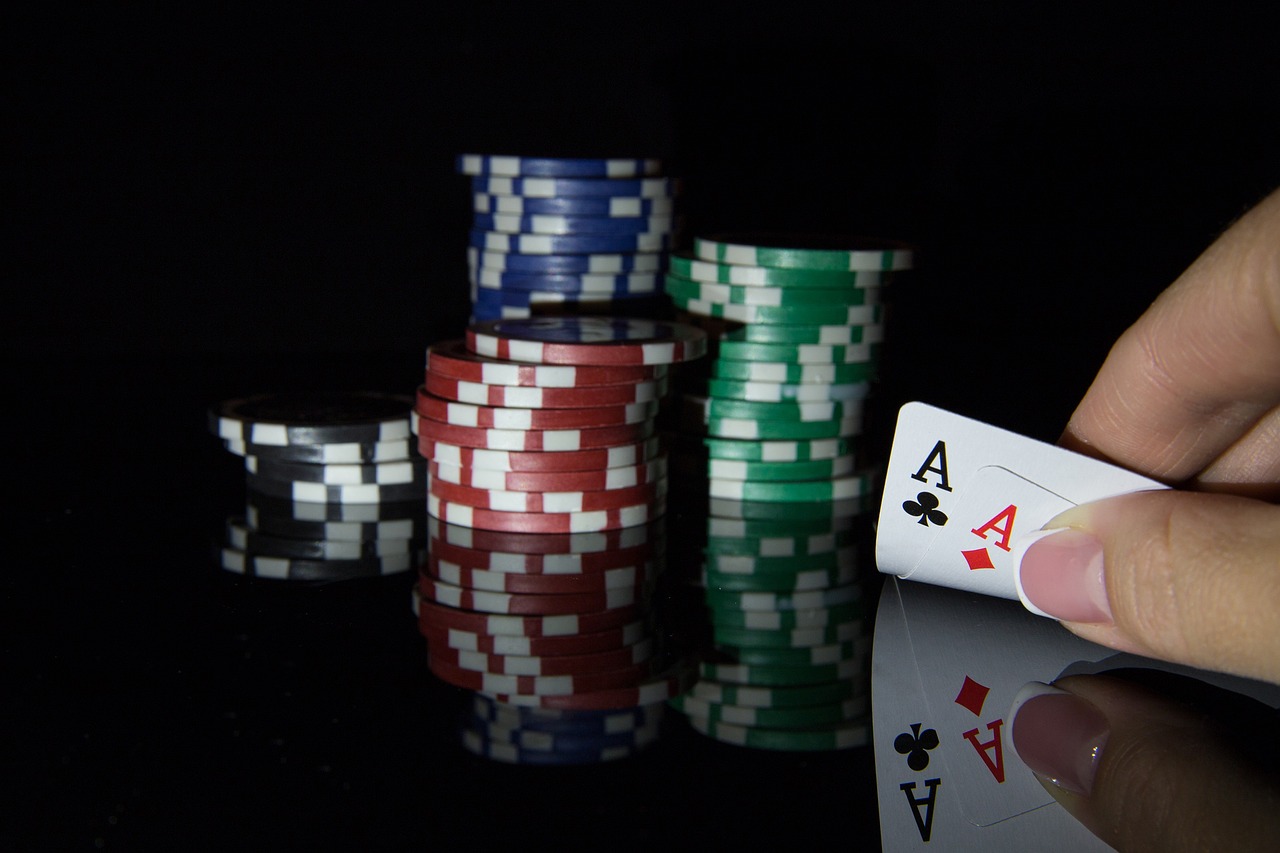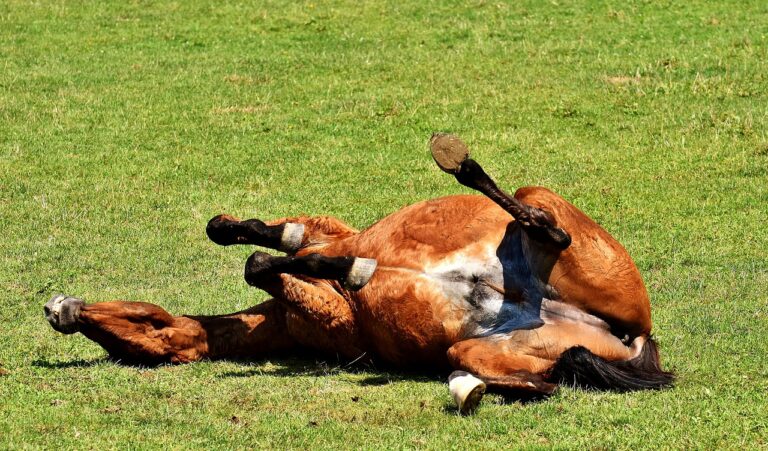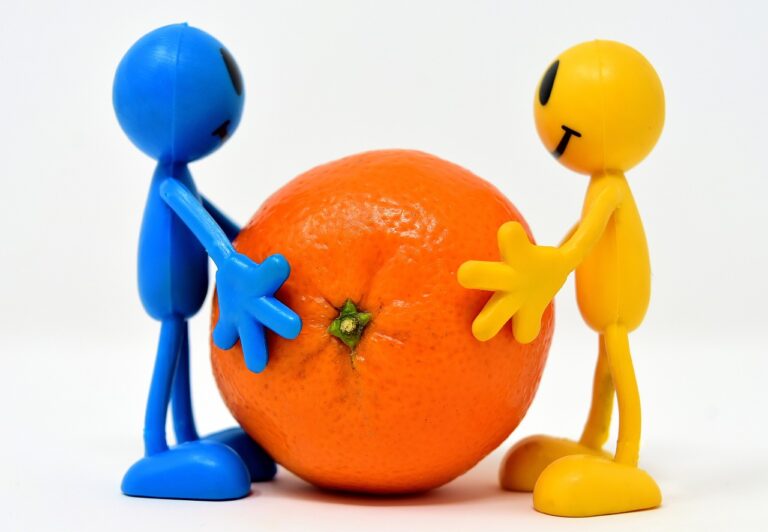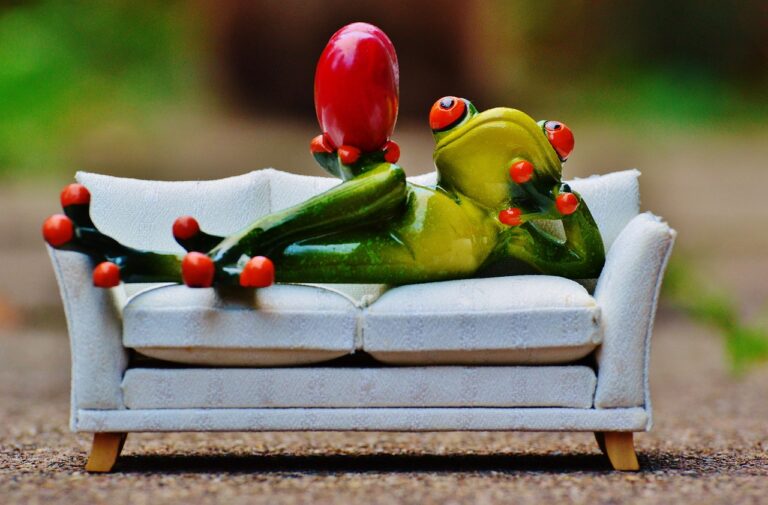Exploring Dance as a Cultural Entertainment
Dance has been an integral part of human culture for centuries, serving as a form of expression, celebration, and communication. Various civilizations around the world have developed unique dance styles and traditions that reflect their beliefs, values, and history. These dances often hold deep cultural significance and are passed down from generation to generation, preserving the heritage of a particular community.
In ancient Egypt, dance was not only a form of entertainment but also played a crucial role in religious ceremonies and rituals. The Egyptians believed that through dance, they could communicate with the gods and invoke divine blessings. Their elaborate and synchronized movements were a way to pay homage to their deities and express their devotion. Similarly, in traditional Japanese culture, dance forms like Noh and Kabuki have been used to convey stories, emotions, and spiritual themes, embodying the country’s rich history and artistic traditions.
Traditional Dances Around the World
Dances are an integral part of various cultures around the world, showcasing the unique traditions and beliefs of different communities. From the energetic stomping of Irish step dancing to the graceful movements of Indian classical dance, each traditional dance form tells a story of its origins and significance.
In Africa, the rhythmic beats and spirited movements of dances like the Samba in Brazil and the Maasai jumping dance in Kenya reflect the rich history and cultural heritage of these diverse regions. These traditional dances are not just performances but a way to celebrate unity, express emotions, and pass down ancestral stories from one generation to the next.
The Significance of Dance in Cultural Celebrations
Dance plays a crucial role in various cultural celebrations around the world, serving as a means of expressing traditions, beliefs, and emotions. Through intricate movements and rhythmic beats, dancers convey stories and rituals that are deeply rooted in their cultural identities. These performances serve as a form of social cohesion, bringing communities together to commemorate significant events and milestones.
In many cultures, the act of dancing during celebrations is seen as a way to honor ancestors, gods, or spirits. It is a way of paying respect to the past and seeking blessings for the future. The intricate steps and gestures performed during these dances often hold symbolic meanings that reflect the values and beliefs of the community. By participating in these traditional dances, individuals reaffirm their cultural heritage and strengthen their sense of belonging within the larger societal framework.
Why is dance important in cultural celebrations?
Dance is important in cultural celebrations as it serves as a means of expressing cultural identity, traditions, and values. It also helps to bring communities together and strengthen social bonds.
How does dance play a role in preserving cultural heritage?
Dance plays a crucial role in preserving cultural heritage by passing down traditional dance forms from generation to generation. It helps to keep cultural traditions alive and allows people to connect with their roots.
What are some examples of traditional dances around the world?
Some examples of traditional dances around the world include the hula in Hawaii, flamenco in Spain, bharatanatyam in India, and the Maori haka in New Zealand.
How has the history of dance evolved in different cultures?
The history of dance has evolved in different cultures over time, adapting to changes in society and reflecting the values and beliefs of each culture. This evolution has led to a diverse range of dance forms around the world.
How does dance contribute to the overall cultural experience during celebrations?
Dance contributes to the overall cultural experience during celebrations by adding a sense of joy, energy, and vibrancy to the event. It helps to create a festive atmosphere and allows people to come together in a shared celebration of their culture.







